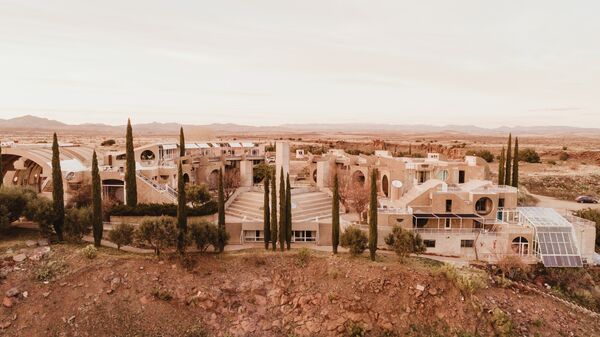
It's been five decades since the Italian architect, Paolo Soleri, embarked on an audacious experiment in the Arizona desert. His goal was to build the city of the future, a utopian society named Arcosanti, designed to house 5,000 people in harmony with the harsh desert environment. Today, Arcosanti's population is nowhere near that figure, but the principles it was built upon offer valuable insights for sustainable urban living in an era of climate change.
Designed as an antidote to urban sprawl, Arcosanti was envisioned as a compact, densely populated urban ecosystem that minimized resource use and maximized communal living. It was a radical departure from the car-centric, energy-intensive model of American suburbia. Despite its modest scale, Arcosanti was an ambitious project that sought to reimagine the fundamental relationship between human settlements and the natural world.
Today, as cities around the world grapple with the challenges of urban heat islands, water scarcity, and rising energy consumption, Soleri's vision for Arcosanti seems remarkably prescient. His emphasis on passive cooling, water conservation, and high-density living are all strategies that are increasingly relevant in a warming world.
Although Arcosanti never reached its intended scale, it continues to serve as a living laboratory for sustainable urban design. Its built environment, characterized by its organic architecture and use of locally sourced materials, stands as a testament to Soleri's vision for a more sustainable future.
For the average person, the lessons from Arcosanti are clear: sustainable living is not just about individual choices, but also about the design of our cities and communities. For investors and business owners, Arcosanti offers a case study in the potential of sustainable urban development. And for policy-makers, it offers a blueprint for a more sustainable urban future.

 Next
Next
Comments (0)
Leave a comment